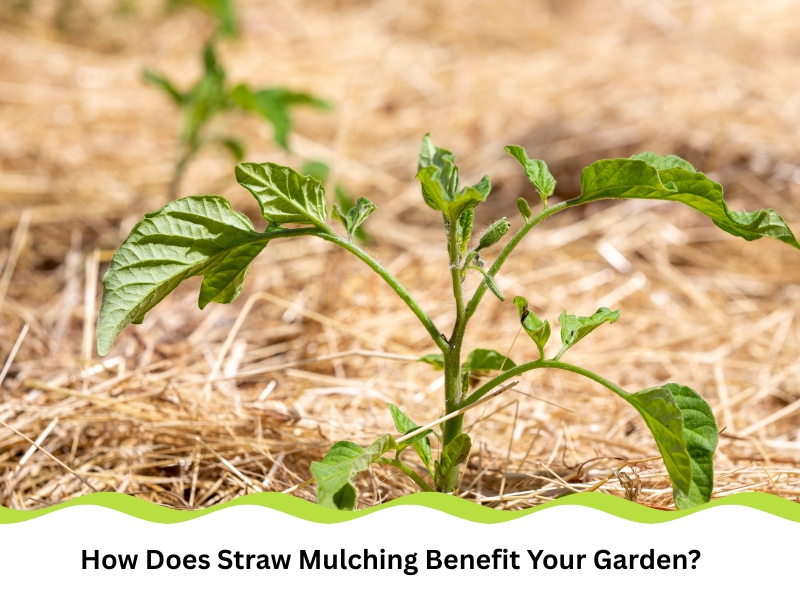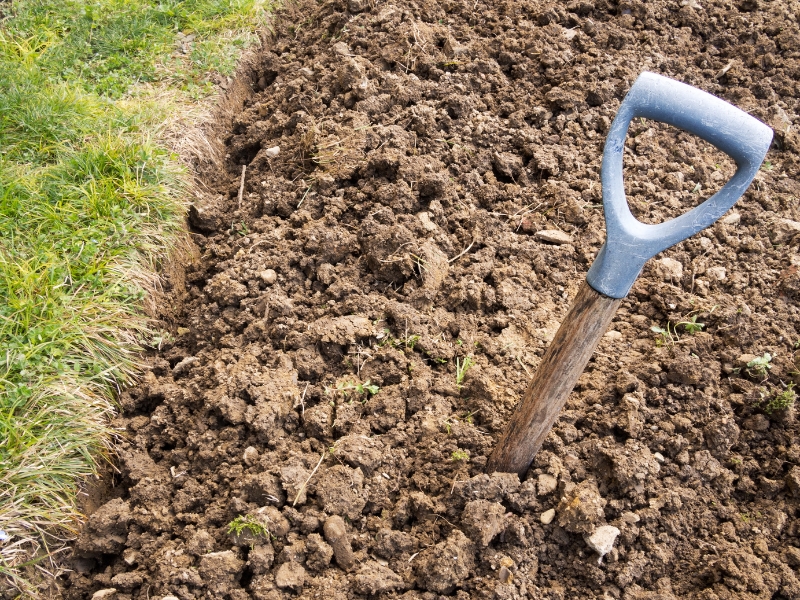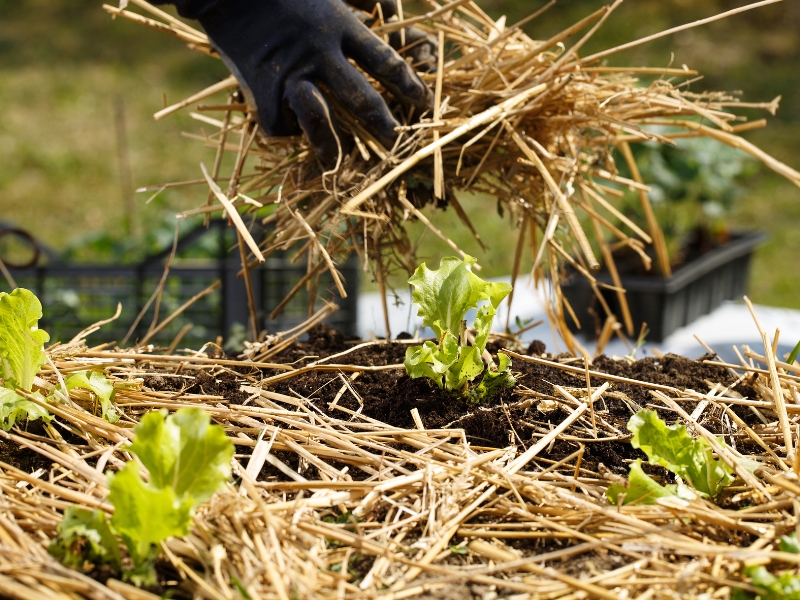Straw mulching can transform your garden into a thriving, low‑maintenance oasis. When you spread straw over soil, it locks in moisture, suppresses weeds and moderates temperature, rather than letting your soil bake under the Aussie sun. Straw mulching also builds organic matter as it breaks down, nourishing plants and promoting strong root systems. This article will explore exactly how straw mulching tackles common garden woes and learn clear, practical steps to get it working for you.
What problems does straw mulching solve in gardens?
Straw mulch tackles several garden challenges by addressing water loss, weed pressure and soil health. These benefits explain why gardeners often incorporate straw into their landscaping routine.
- Prevents rapid soil drying – Straw creates a barrier that keeps root zones moist longer, reducing daily watering needs.
- Curbs weed growth – By shading the soil, it stops light from reaching weed seeds, cutting back on hand‑weeding.
- Buffers temperature swings – Insulating properties help protect plants from harsh heat and unexpected cold snaps.
- Improves soil structure over time – As straw decomposes, it feeds earthworms and microbes, building crumbly, fertile soil.
- Reduces erosion risk – The mulch layer prevents rain from washing away precious topsoil.
These take‑control strategies offer low‑cost, organic protection and sustainability. Unlike plastic sheets that trap heat and cost more over time, straw mulch acts as a natural shield and soil enhancer.
Why does your soil lose moisture so quickly without mulching?
Bare soil has no buffer against evaporation, airflow or run‑off, so all three contribute to moisture loss. Identifying these factors explains why straw mulch makes such a difference.
- Hot sunshine heats the surface directly, causing the water in the top layer to evaporate fast.
- Wind whisks away surface moisture, leaving even freshly watered beds dry.
- Rainwater runs off bare soil, instead of soaking in slowly near plant roots.
- Topsoil becomes crusted, making it harder for water to penetrate when it does rain or when you irrigate.
These combine to create a thirsty garden that drains your meter fast. In contrast, straw mulch works hard at:
- Trapping moisture in soil pores, holding it where it matters.
- Lowering soil temperature by a few degrees slows evaporation.
- Redirecting rainwater so it soaks in slowly rather than flooding off.
To solve moisture loss long-term, consider understanding different soil types for better mulching results. Sandy, clay or loamy soils all respond differently, and the right mulching approach depends on that foundation.
Can poor mulching choices attract garden pests?
Mulch can protect when applied correctly. However, there’s a downside to choosing materials that harbour pests or conceal issues underground. These pitfalls are worth avoiding for a healthier garden.
- Rotten bark or compost may harbour slugs, snails and sowbugs, especially if applied too thick.
- Fresh grass clippings can mat down, becoming anaerobic and smelly, attracting fungus and rot.
- Low-quality straw can bring weed seeds into clean garden beds, creating extra weeding work.
- Wet, compacted mulch leads to poor airflow, which promotes fungal diseases
To avoid these problems, many gardeners opt for pea straw or clean, seed-free straw. Unlike grass-based mulches, these break down slowly and feed the soil without introducing pests. Learning the reasons why mulch breaks down too quickly helps you choose options that last longer and improve rather than damage your beds.
How does straw mulching improve plant health and soil quality?
Healthy gardens depend on soil that breathes, drains and feeds plants consistently. Straw mulch plays a vital role in transforming compacted or nutrient-poor soils into productive growing environments. As the mulch decomposes, it becomes part of the ecosystem below ground.
- Feeds microbes – Decomposition releases nutrients and energises soil life.
- Attracts earthworms – Soil becomes looser and more aerated thanks to worm activity.
- Blocks weeds – Keeps nutrient competition in check, so roots can access more resources.
- Protects roots from temperature extremes, which supports consistent growth through seasons.
Here’s a detailed breakdown of how straw mulch works below:
Benefit How it helps garden health Organic matter addition Improves fertility and enhances soil structure Temperature buffering Shields roots from hot summers and mild frost Weed suppression Reduces competition, letting plants thrive Microbial activity Boosts nutrient cycling and creates healthier root systems
These effects are best achieved by finding the proper mulch depth for your garden, as too little won’t work and too much may smother roots.
What are the best ways to apply straw mulching effectively?
Correct application of straw mulch makes it practical and low‑risk. Here’s a step‑by‑step process to follow for strong mulch results.
- Clear weeds first – Remove existing weeds to eliminate hidden weed seeds and competition.
- Lay a 5–10 cm thick blanket – That’s the sweet spot for insulating without suffocating the soil.
- Avoid smothering small plants – Leave small gaps around stems to allow air and light.
- Water before and after laying – Settles mulch into soil crevices and prevents wind from blowing.
- Top up every 6–12 months – As it breaks down, fresh straw keeps the layer effective.
If you’re not sure how to get started, it helps to consider reliable mulching solutions to improve garden health with products suited to your local conditions.
Is straw the right mulch option for every garden type?
Straw mulch offers many chances to improve garden health, though there are limits depending on conditions and usage.
- Ideal for veggie beds and new plantings – Helps moisture and structure where it’s most needed.
- Great in flower borders – Supports flowering plants with mild insulation and low weeds.
- Less suited to high‑foot‑traffic paths – Wood chips hold up better under foot.=
- Not recommended for waterlogged soils – Straw can go mouldy and create odours there.
For long-term use, you might alternate straw with bark mulch or compost, depending on the season and purpose. Still, where moisture retention and soil improvement are top priorities, straw offers reliable, low-cost, biodegradable value.
Final thoughts
Straw mulching delivers real, measurable gains in moisture retention, soil quality and plant resilience—without fancy tools or chemicals. It supports soil life, shields plants, and simplifies maintenance. Whether you’re starting a veggie patch or refreshing a flower bed, straw can help your garden bounce back fast.
If you’re deciding on mulch approaches, start small, test your results, and expand gradually. To support healthier garden beds, see how AllGreen Gardening & Landscaping transforms gardens with care.



